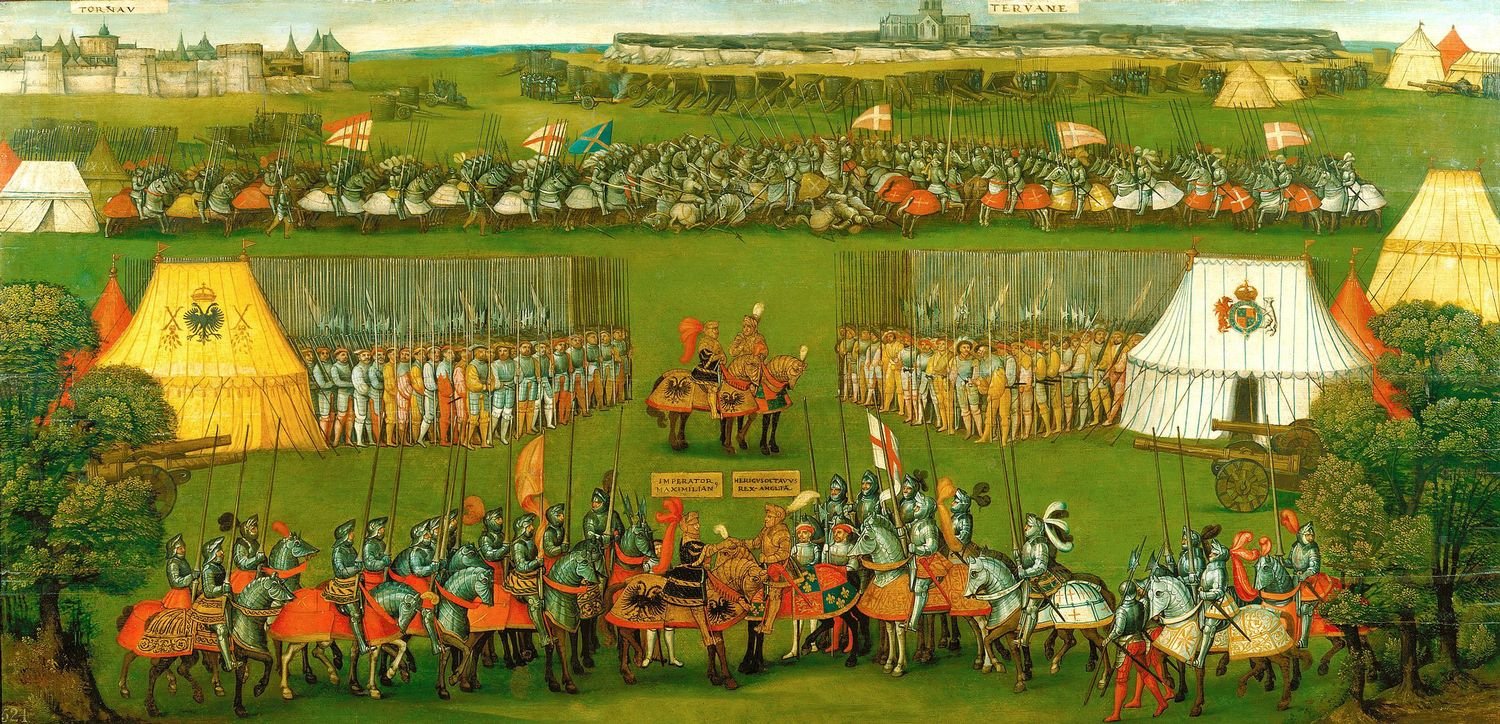
European Armour in the Royal Collection
An introduction to European armour in the Royal Collection.
Charles II (1630-85), when Prince of Wales
Dated 1644RCIN 404921
The future Charles II (1630–1685) was only twelve when the Civil War in England broke out, but in 1642 he commanded a troop in York wearing 'a very curious gilte armour'. That armour is probably the one he wears here, which still survives in the Tower of London. The effect of shining steel and gold is extraordinary. It had been made for the prince's father, Charles I (1600–1649), in 1616. By the time of the Civil War, such full armour was becoming too weighty for modern combat and was increasingly replaced by the buff coat – a thick leather coat covering the vital organs and often worn with a back and breastplate. Lavish armour nevertheless remained an important indication of wealth and status, and it continued to be worn in portraits long after its practical use declined, as here.







